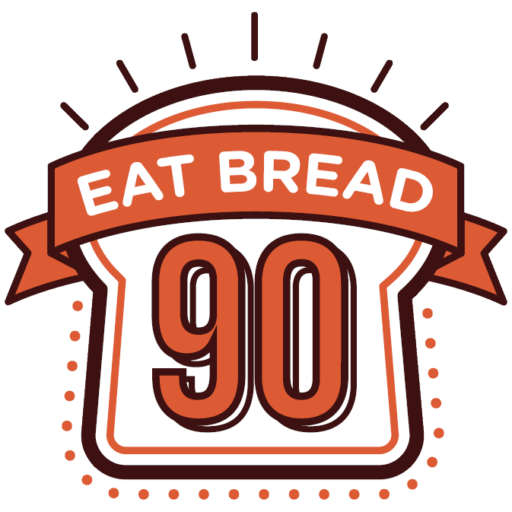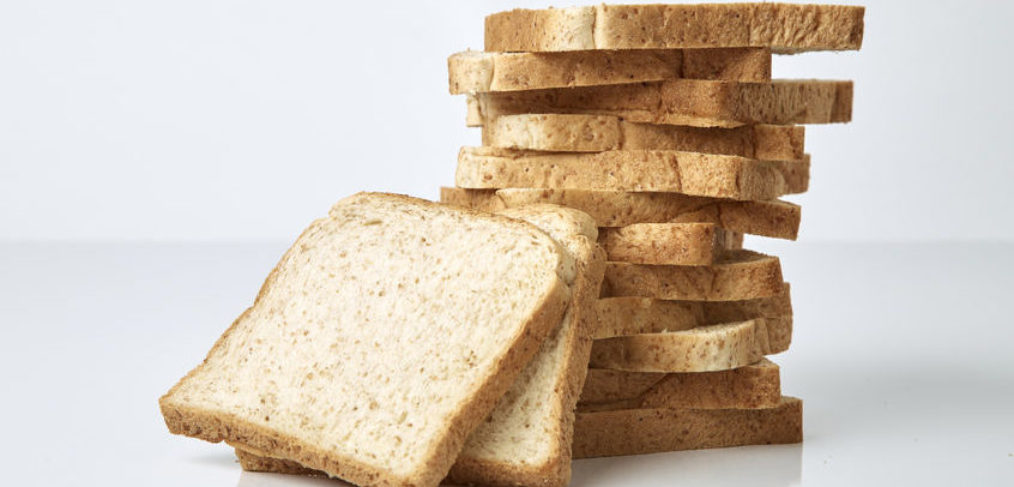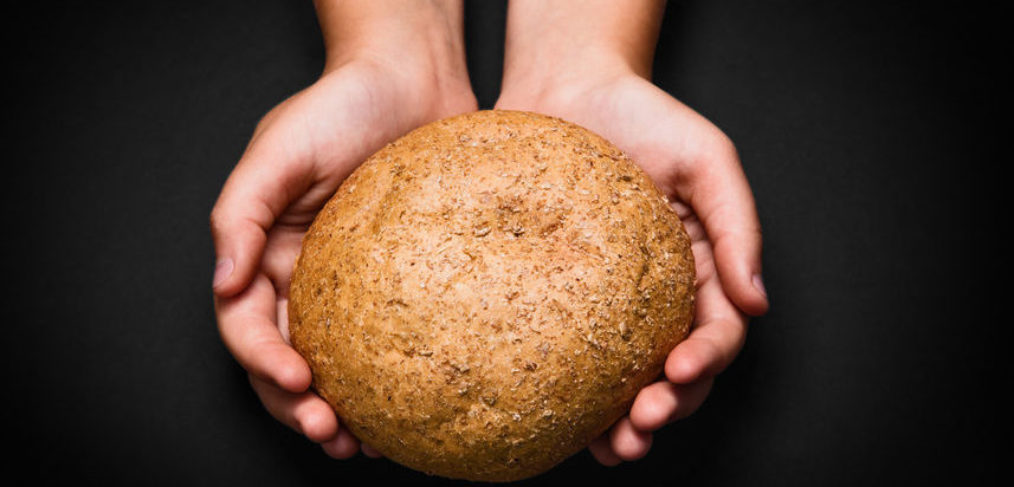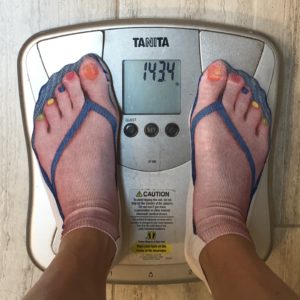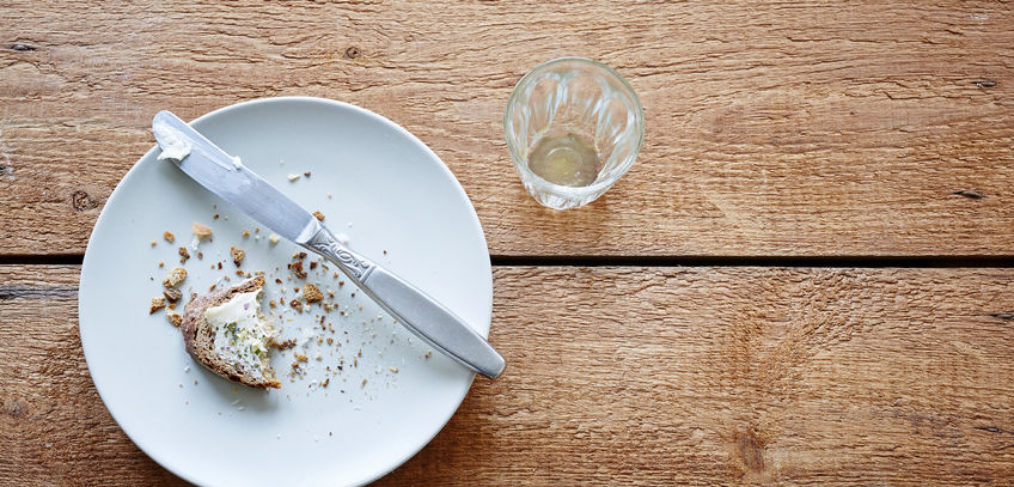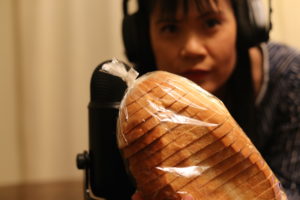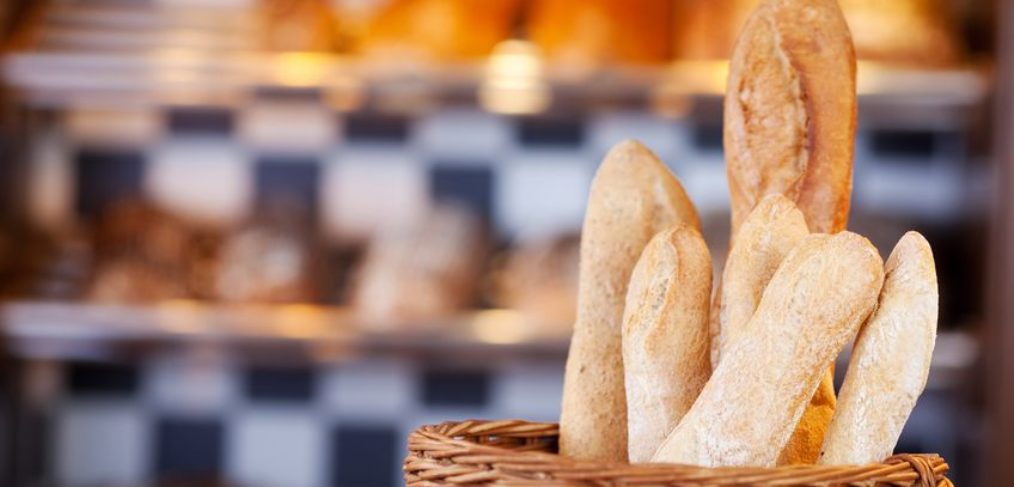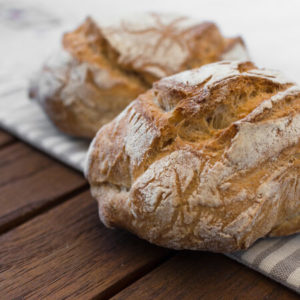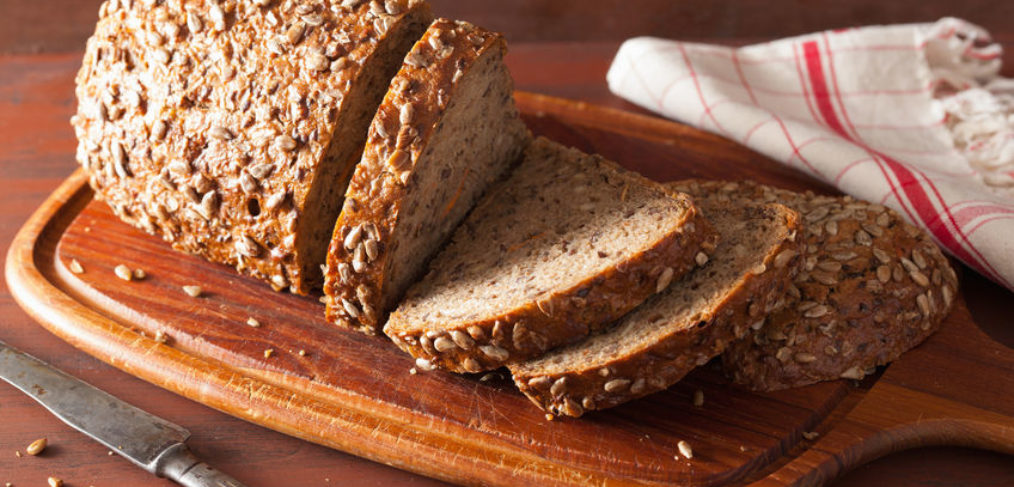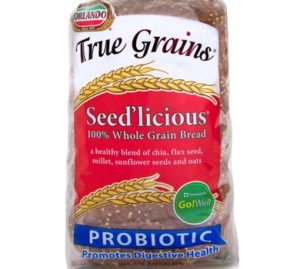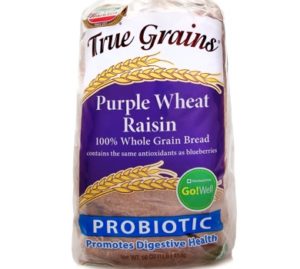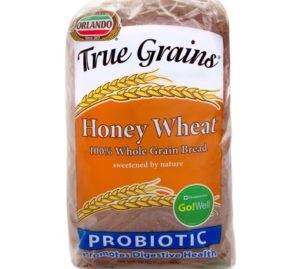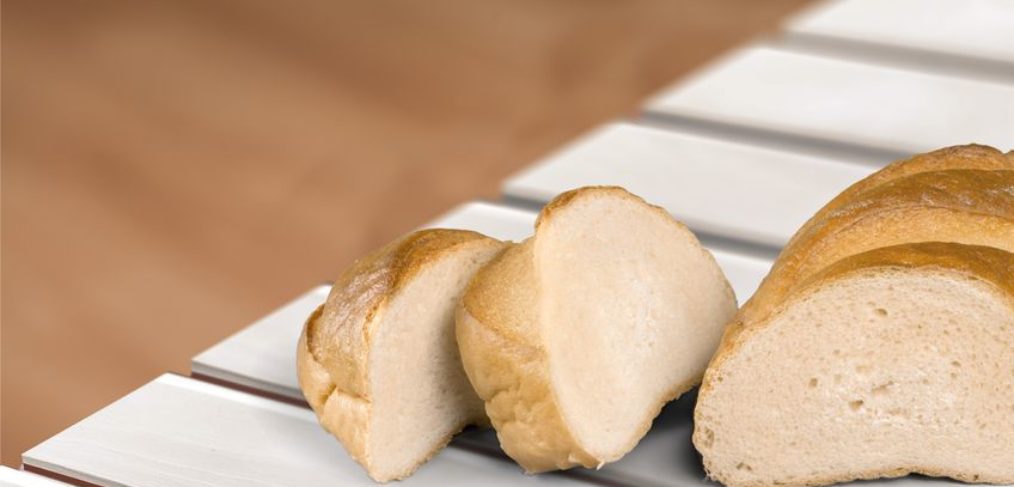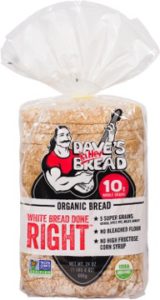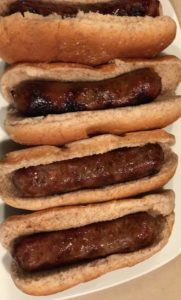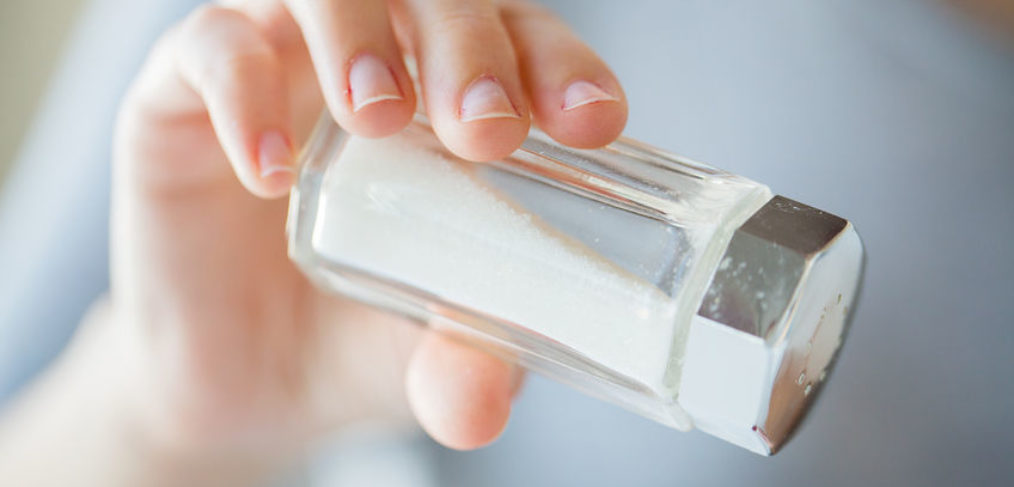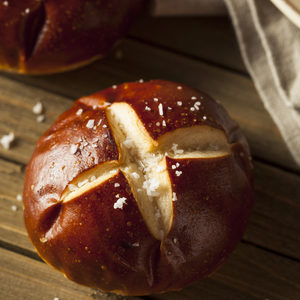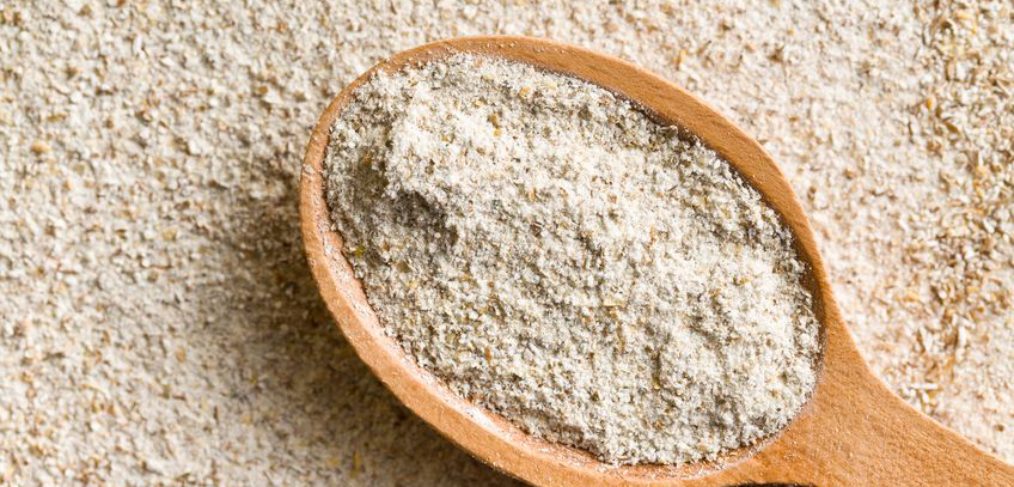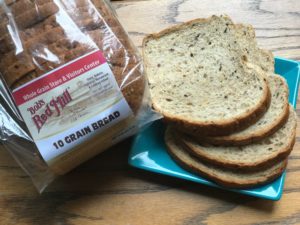Here I am at week 8, and slowly but surely losing weight using a high-carb diet. Why is this the easiest thing in the world? Well, because I don’t need to think too much about it. The nicest thing about sliced bread, especially the whole grain bread, is it’s very portable and tasty.
Alright, stop looking at me strange. It’s true. Try it for yourself. Reach out for a Dave’s Killer Bread, Eureka or a Franz organic loaf, and you will soon agree with me that these breads are so good, you can eat it without anything.
As I run from meetings to meetings at BAKERpedia, there is nothing better than food just waiting for me. I don’t need to think. It’s a grab-and-go situation. For this particular aspect, it’s not junk food that I am grabbing. It’s a wholesome, nutritious product filled with vitamins and minerals because I mainly consume whole grain bread.
The bran (outer layer) contains the largest amount of fiber, the endosperm (middle layer) contains mostly protein and carbohydrates along with small amounts of B vitamins, and the germ (inner part) is a rich source of trace minerals, unsaturated fats, B vitamins, antioxidants and phytonutrients
Thinking of cutting bread from your diet?
No way, I tell everyone. Here’s why:
- It lowers your “bad” cholesterol, which lowers your chance of hear disease.
- It’s high in dietary fiber, which is not only is good for you and your gut health, but also helps you feel full longer!
- It’s full of essential minerals, such as calcium, phosphorus, magnesium, sodium, potassium, chloride and sulfur. Like I talked about last week, it is a way to get needed nutrient density like thiamin, calcium folate and magnesium.
- It gives you energy!
- It’s quick, easy, and delicious!
There are few foods that can give you the nutrition you need, and also cut back on cravings for more food. And you can get bread anywhere, and take it on the go! Now that sounds like the perfect diet to me!
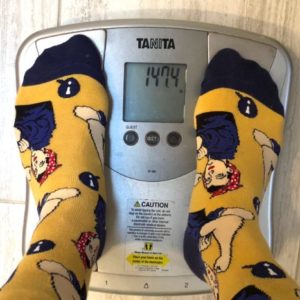
The first weigh-in: 147.4
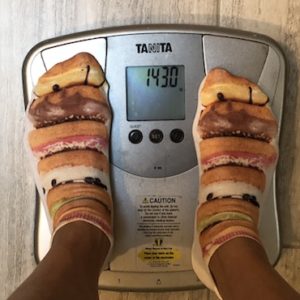
Week 8 weigh in: 143 lbs.
